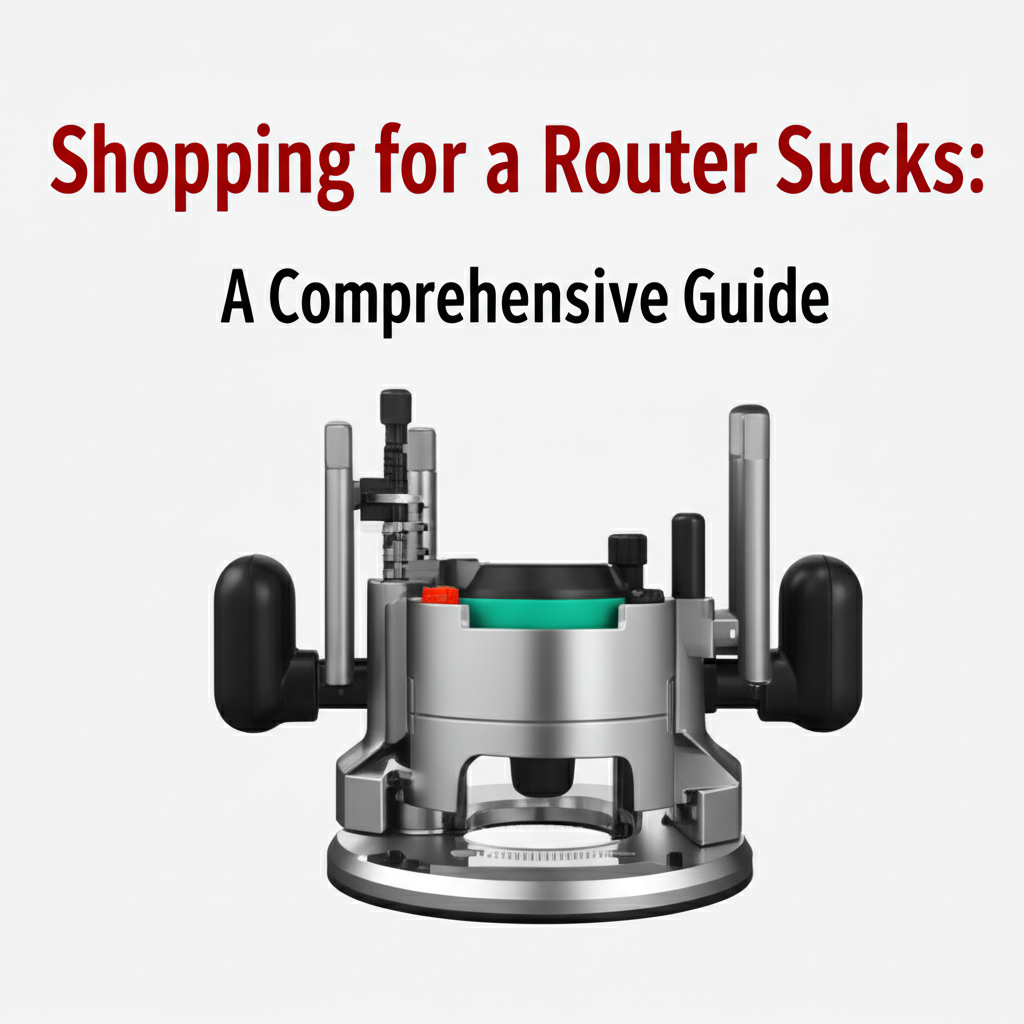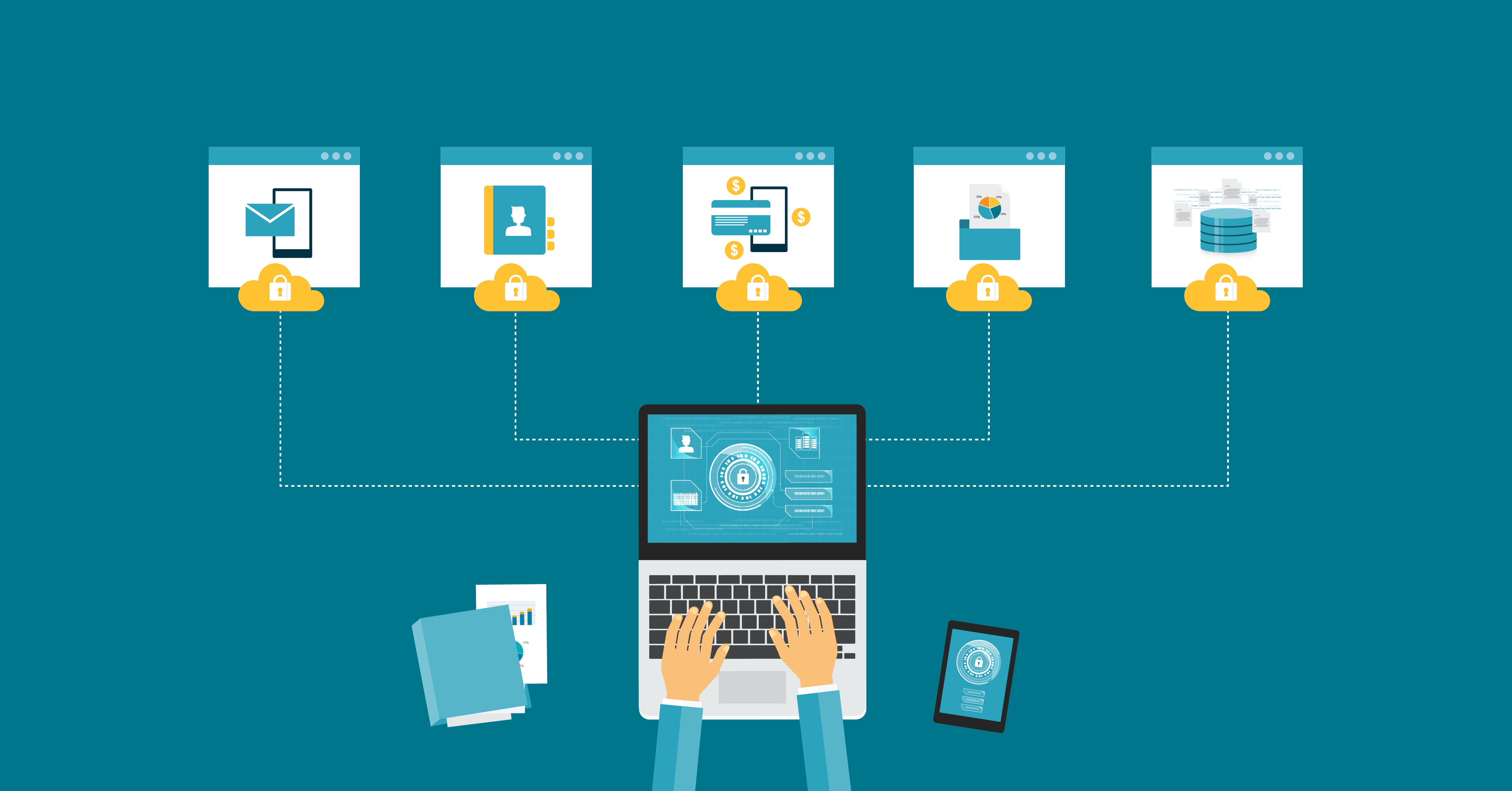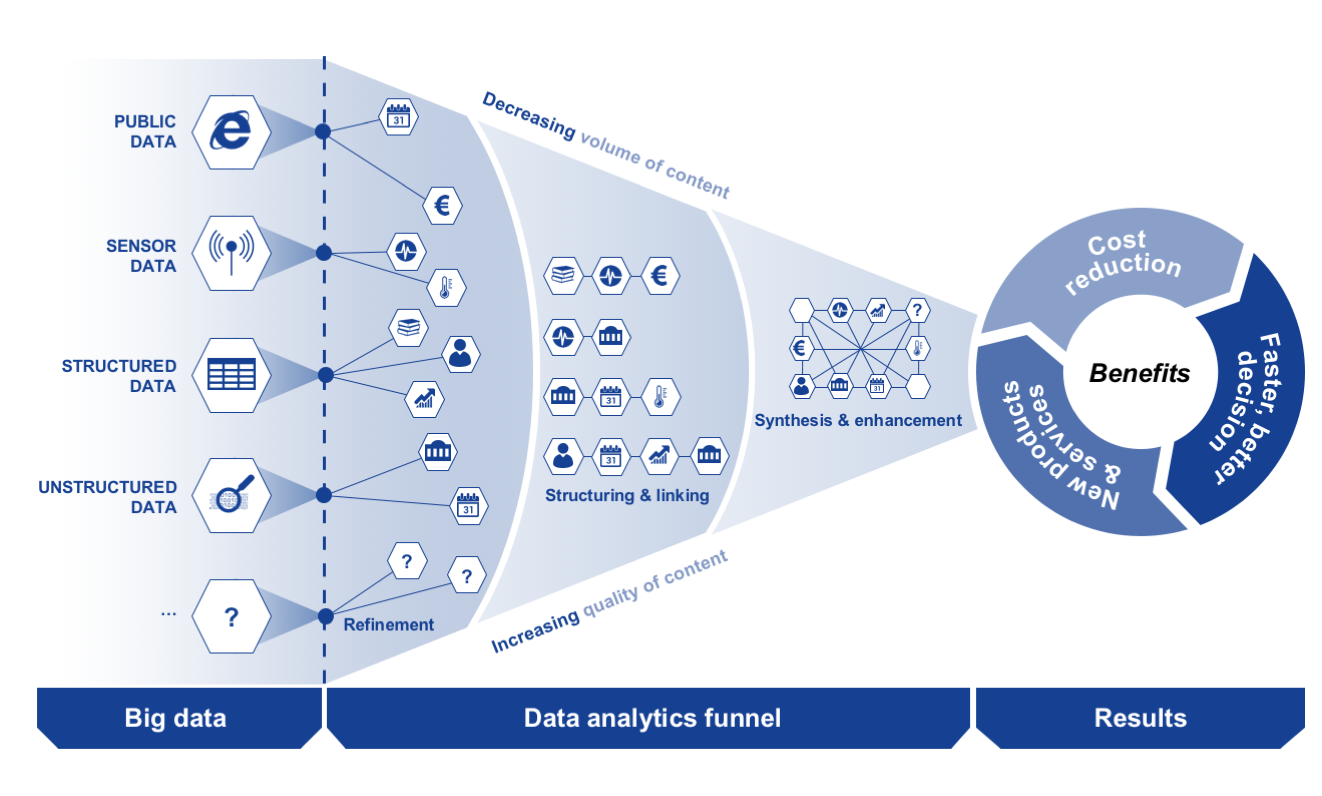37signals Completes On-Prem Move, Deletes AWS Account to Save Millions
The Cloud Exodus: 37signals Leads the Way in Cloud Repatriation
37signals, the web software company behind popular tools like Basecamp and HEY, has finalized its migration from the cloud to on-premise infrastructure. This move is projected to save the company millions of dollars annually, marking a significant milestone in their cloud repatriation journey.
CTO David Heinemeier Hansson, the creator of Ruby on Rails, has been a vocal advocate for questioning the default cloud-first approach. His experience with 37signals' exorbitant AWS bills led him to explore alternatives, ultimately proving that significant savings could be achieved by owning and operating their own hardware.
The High Cost of Cloud: A Wake-Up Call
In 2022, 37signals' annual AWS bill exceeded $3.2 million, a figure that Hansson deemed unacceptable. This prompted a thorough evaluation of their infrastructure costs and a comparison with the expenses associated with running their own servers. The results were eye-opening.
Hansson discovered that the cost of running workloads in the public cloud was significantly higher than the cost of acquiring and operating dedicated servers. This realization sparked the cloud repatriation project, with the goal of reducing infrastructure costs without compromising performance or reliability.
Phase 1: Compute Repatriation
The first phase of the project focused on migrating compute workloads from AWS to on-premise servers. 37signals invested $700,000 in Dell servers to handle the migrated workloads. The results were immediate and substantial. Their cloud bills decreased by approximately $2 million per year.
This initial success validated Hansson's belief that cloud repatriation could lead to significant cost savings. It also demonstrated that owning and operating their own hardware was a viable and cost-effective alternative to relying solely on public cloud services.
Phase 2: Data Migration from S3
Following the success of the compute repatriation project, 37signals set its sights on migrating data from Amazon's Simple Storage Service (S3) to on-premise arrays provided by Pure Storage. This was the final step in their cloud repatriation journey.
The data migration process began recently, with AWS waiving $250,000 in egress fees, which are typically charged for downloading data from their cloud services. This gesture further facilitated 37signals' move to on-premise storage.
Deleting the AWS Account: A Symbolic Victory
With the data migration underway, 37signals is preparing to delete its entire AWS account. This will be a symbolic victory for the company, representing the culmination of their cloud repatriation efforts and a significant reduction in their infrastructure costs.
Hansson estimates that deleting their AWS account will save 37signals approximately $1.5 million per year in S3 hosting fees alone. This, combined with the savings from the compute repatriation project, will result in a total annual infrastructure cost reduction of over $2 million.
The Pure Storage Investment
To accommodate their data on-premise, 37signals invested $1.5 million in 18 petabytes of Pure Storage kit. While this represents a significant upfront investment, Hansson estimates that the annual operating costs will be less than $200,000.
This translates to an annual savings of $1.3 million in operating costs compared to storing the same data in AWS S3. Hansson believes that these savings will quickly accumulate once the cost of the Pure Storage arrays is amortized.
Overall Infrastructure Cost Reduction
By migrating both compute and storage workloads to on-premise infrastructure, 37signals expects to reduce its overall yearly infrastructure bill from $3.2 million to under $1 million. This dramatic cost reduction will be achieved without adding extra staff, demonstrating the efficiency of their on-premise setup.
Challenging the Cloud-Only Narrative
Hansson has been a vocal critic of the industry's push towards a cloud-only approach. He argues that while the cloud can be a good choice in certain circumstances, it is not the only way, and it is not always the most cost-effective solution.
He believes that cloud vendors have successfully convinced many businesses that owning their own hardware is impossible or that operating Linux servers is too difficult. This has led to a widespread adoption of cloud services, even in cases where on-premise solutions would be more appropriate.
The Benefits of Owning Your Hardware
Hansson emphasizes the benefits of owning your own hardware, including greater control over your infrastructure, improved security, and reduced costs. He argues that businesses should carefully evaluate their options and choose the solution that best meets their specific needs, rather than blindly following the cloud-only trend.
Key Takeaways from 37signals' Cloud Repatriation
- Significant Cost Savings: 37signals is projected to save over $2 million annually by migrating from AWS to on-premise infrastructure.
- Increased Control: Owning their own hardware gives 37signals greater control over their infrastructure and data.
- Challenging the Status Quo: 37signals' success challenges the prevailing cloud-only narrative and encourages businesses to consider on-premise alternatives.
- Workload-Specific Decisions: The decision to repatriate was based on a careful evaluation of their specific workloads and cost considerations.
- No Added Staff: The migration to on-premise infrastructure was achieved without adding extra staff, demonstrating the efficiency of their setup.
The Future of Cloud Computing: A More Balanced Approach
37signals' cloud repatriation journey is a compelling case study for businesses considering their cloud strategy. It demonstrates that significant savings can be achieved by carefully evaluating workloads and considering on-premise alternatives.
As more businesses follow 37signals' lead, the future of cloud computing is likely to be characterized by a more balanced approach, with organizations strategically leveraging both cloud and on-premise infrastructure to optimize costs, performance, and security.
Keywords and Concepts
- Cloud Repatriation: The process of moving applications and data from the public cloud back to on-premise infrastructure.
- On-Premise Infrastructure: IT infrastructure that is located within an organization's own physical facilities.
- AWS (Amazon Web Services): A suite of cloud computing services offered by Amazon.
- S3 (Simple Storage Service): A cloud storage service offered by Amazon Web Services.
- Egress Fees: Charges for downloading data from a cloud service.
- Pure Storage: A vendor of all-flash data storage arrays.
- David Heinemeier Hansson: CTO of 37signals and creator of Ruby on Rails.
- Basecamp: A project management tool developed by 37signals.
- HEY: An email service developed by 37signals.
Conclusion: A Paradigm Shift in IT Infrastructure
37signals' successful cloud repatriation marks a potential paradigm shift in how companies approach IT infrastructure. By demonstrating the tangible benefits of on-premise solutions for specific workloads, they've opened the door for other organizations to re-evaluate their cloud strategies and consider a more balanced, cost-effective approach. This move not only saves 37signals millions but also challenges the industry's long-held assumptions about the cloud as the only viable option.



















